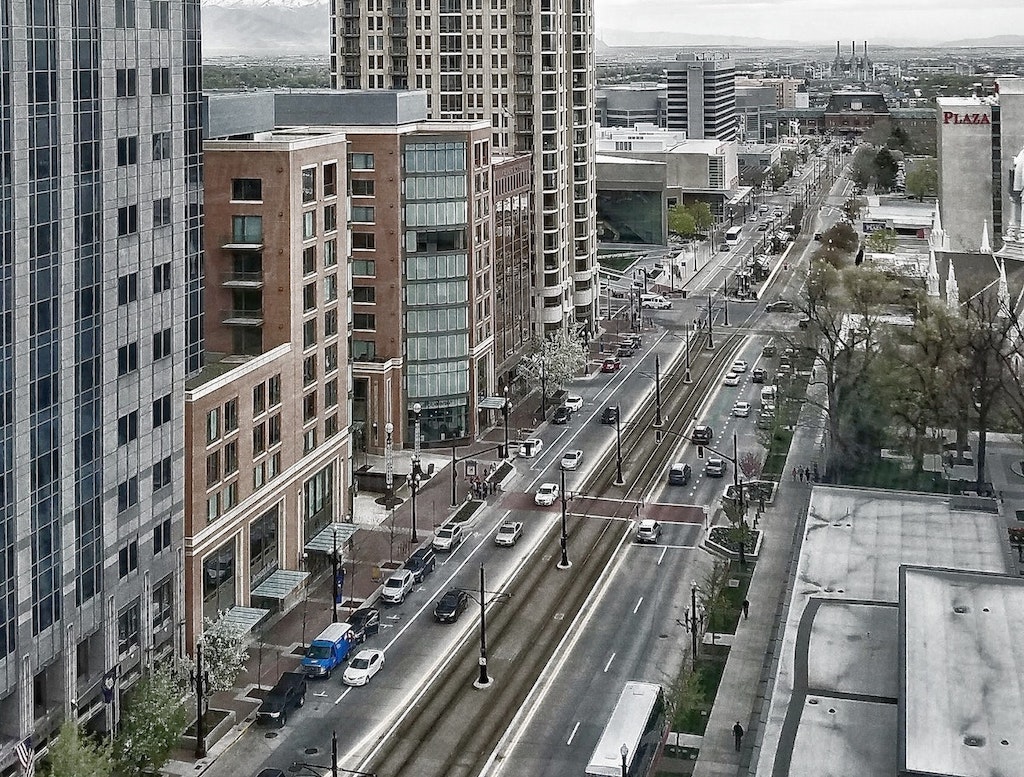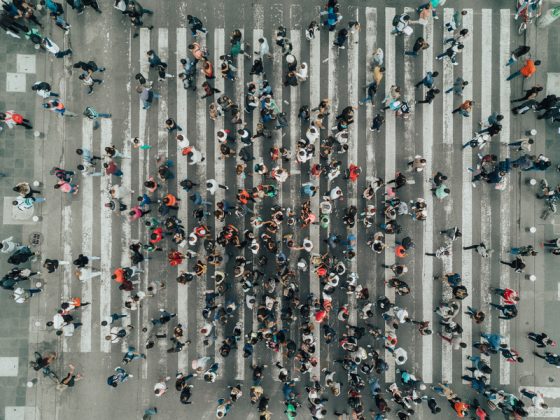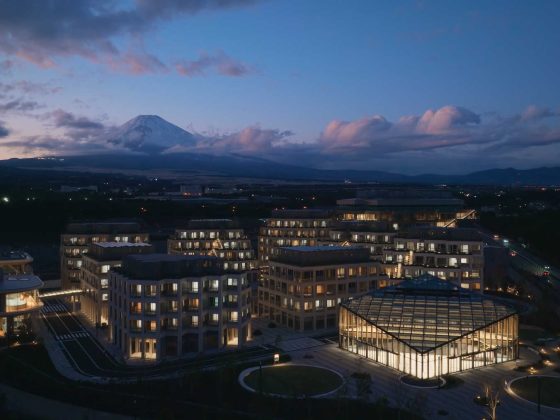Inversion season is over, but expect another spell by November. Even without inversion, Utah’s air pollution problem stands as one of the worst among the states. Salt Lake City ranks 7th when it comes to the worst air quality metrics in the nation, tying with Los Angeles and Sacramento. The 3 cities have an air quality index of 61, meaning they have less than 150 days of relatively clear and safe air per year. If Utah can reduce and ultimately get rid of air pollution, then winter inversions will be nothing more than a memory.
1. Give Your Car a Tune-Up
If your car still works, take it to the shop for regular tune-ups. A well-tuned car has better fuel economy, and the proper combustion of fuel leads to lower emissions of carbon and/or particulates. Make sure your car’s catalytic converter is working properly. The catalytic converter reduces your car’s emissions, transforming toxic by-products like carbon monoxide, nitrogen oxides, and hydrocarbons into safer substances such as carbon dioxide, nitrogen gas, and water vapor. Your catalytic converter needs to be warm for it to work, so it’s better to keep your car idling instead of turning it off every time you sit at a stop.
2. Switch to Gas Stoves and Furnaces
Burning wood unavoidably creates smoke and particulates. Gas burns cleaner, producing hardly any smoke or particulates. A study by the University of Utah proved that the restrictions on wood-burning stoves along Utah’s Wasatch front significantly reduced air pollution.
3. Go Solar
Solar-powered homes are becoming quite popular in Salt Lake City, as well as the rest of Utah. Utah’s energy production largely relies on burning fossil fuels, so reducing your reliance on the grid can significantly help the environment. Solar panels are practically free in Utah, with federal tax incentives cutting purchase and installation costs by 26 percent while the state cuts another $2,000 on top of that. Opt for an 8-kW system if you’re living with 4-6 family members or a 6-kW system if there are less than 3 of you. Solar panels last for 35-45 years, paying for themselves in the first 10 years and giving you free electricity for the next 25-35 years. Note that the solar ITC (investment tax credit) program ends in 2022, so make sure you get your panels before then. Solar power in Salt Lake City, Utah – and everywhere else in Utah – is easier to achieve before the program ends, so act now.
4. Make Your Next Car Electric
Cars are one of the primary causes of air pollution, sure, but electric cars pollute significantly less (if they do at all). Electric cars produce no emissions or particulates. If your house is solar-powered, you can even charge your car with a net-zero carbon cost. Utah’s grid still relies on fossil fuels, so a solar-powered home is the best pairing to have with an electric car. Unless your commute takes you out of state, you shouldn’t have issues with electric cars. Modern electric cars are faster, safer, and easier to control than standard vehicles. While they may cost more to insure, luckily Utah is a more affordable state for car insurance so hopefully the slight price hike is a small price to pay for fighting pollution in the city.
Utah’s inversion problem can only be solved if residents take it to themselves to solve it. With enough Utahns living in solar homes and driving electric cars, inversions will eventually become a thing of the past.










